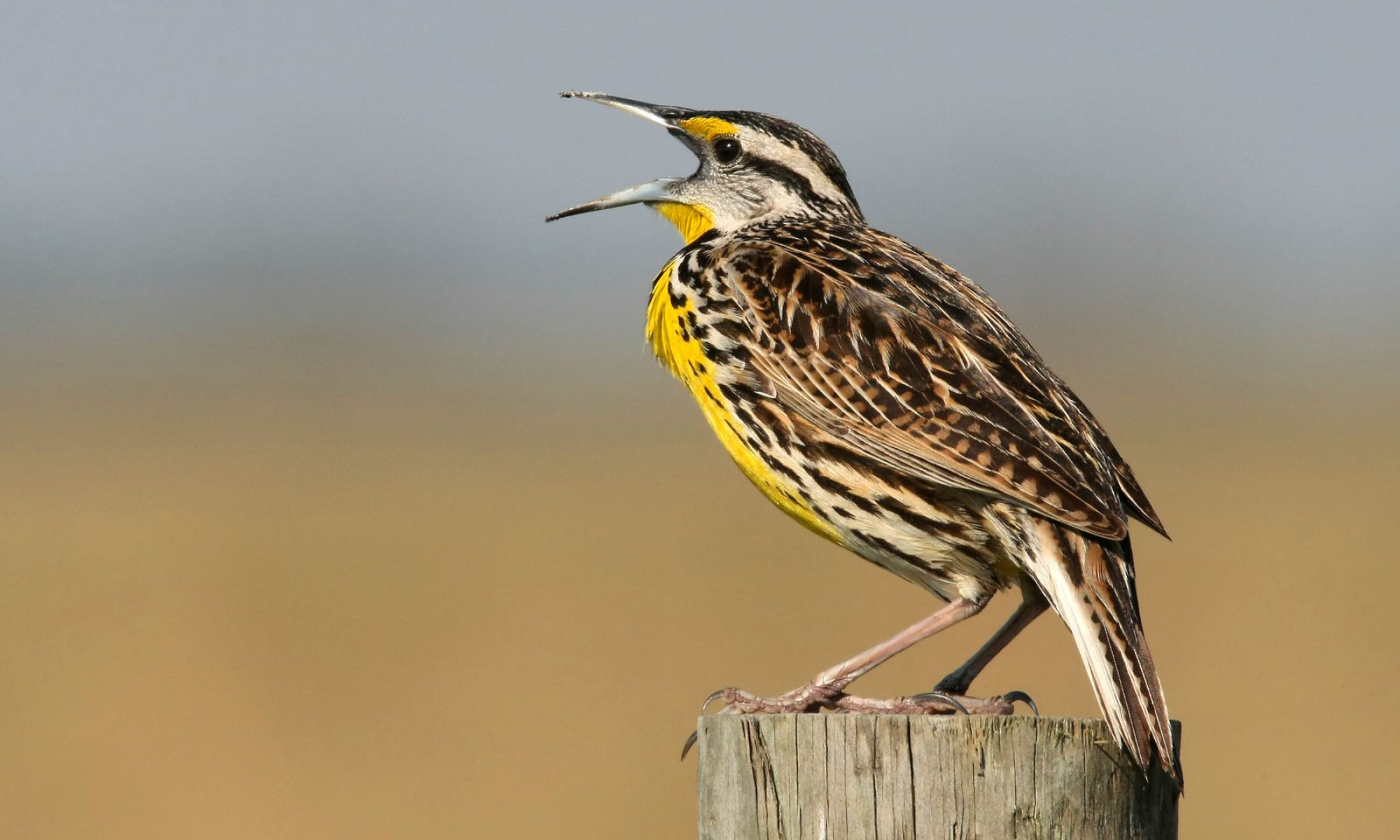By Julie Hart, NY BBA III

Possible Breeding Codes
There are only two codes that fall in the Possible category and they are used to indicate the presence of a species in the block in the appropriate habitat (H) and singing birds (S). Both of these codes should only be used if the bird is in appropriate nesting habitat (you may have to look this up online or in a field guide) and only during the breeding season (look this up on the Breeding Guideline Bar Chart). With both codes, it’s a good idea to return to the site a few weeks later to see if you can bump up the code for that species to the Probable or Confirmed categories. It’s likely the bird is on territory but maybe you are there at the wrong time of day or too early in the season.
There are some notable caveats to these codes, which are spelled out in the Volunteer Handbook and Breeding Code sheets on the atlas website. For some species, you’ll need to learn the difference between calls and songs. For example, the “chick-a-dee-dee” of a Black-capped Chickadee is their call (you would use the H code), while “fee-bee” is their song (S). Some groups of birds don’t technically have songs, but they are used in the same way as the songs of passerines. You can use the S code for owl calls, rail vocalizations, woodpecker drumming, and woodcock peenting. In some species, such as Northern Cardinal and Bicknell’s Thrush, females sing and it’s impossible to tell the sexes apart vocally. Since both sexes are singing for the same purpose, to advertise their presence in their territory, you can use the S code for these species.

Probable Breeding Codes
The Probable codes are a stronger indication of breeding, but fall short of seeing the actual nest or nestlings, which are reserved for the Confirmed category. One of the easier codes in this category is the S7 code for birds that you observe singing in the same location on two separate visits at least a week apart. This is a stronger indication that the bird is on territory and will stick around to breed than the possible S code. Similarly, if you observe 7 males of the same species within your block in appropriate habitat (M), it’s very likely that at least one of them (probably more) are breeding. Pairs of birds (P) are also stronger than just a single male and so are also Probable.
Courtship displays and copulation (C) are a clear indication that the pair is getting ready to nest in the area. A fascinating bonus of atlasing is the wide array of courtship behaviors you witness. If you haven’t spent much time watching bird behaviors, you’ll quickly find yourself looking up weird postures and movements to determine if they are used for courtship or aggression. Sometimes there is little difference between the two!

The two most confused atlas codes are territorial defense (T) and agitated behavior (A). These codes are basically varying degrees of agonistic behaviors aimed at intruders. Usually territorial disputes are between individuals of the same species, but there are a few exceptions involving birds of another species that competes for the same resources. Agitated behavior involves a higher degree of anxiety and aggression, often against brood parasites, nest predators, and humans. Agitated behavior includes direct attacks on you, the observer, such as by terns and hawks. If you are in doubt about which code to use, use your best judgment and include comments for that species in your checklist.
There are two additional codes reserved for species that are suspected of breeding in an area, but for which we can’t confirm it. There are times when we strongly suspect that a bird is nesting in a particularly dense shrub or disappears into a cavity and doesn’t come out for a while. You might see the bird or pair repeatedly enter a site, but no active nest building or carrying food. These are the types of situations you would the visiting probable nest site (N) code. The other code is reserved for wren and woodpecker nest building (B). Wrens build multiple “dummy” nests, but only end up using one of them. Since you can’t tell if or where exactly they are nesting, use the B code. Woodpeckers use cavities to roost in and for nesting. Use the B code when you observe a woodpecker excavating a cavity, since you can’t tell if it will be used for roosting or nesting. For both the N and B codes, it can be worthwhile to visit the site again in a couple weeks to see if you hear any nestlings or see the parents carrying food into the suspected nest.
Now you are familiar with all the breeding codes! If you forget any or want a cheat sheet to take in the field, download a breeding code sheet from the website. When in doubt about which code to use, include comments in your checklist and post a question to the Facebook discussion group on Facebook. Lastly, have fun learning about all the nuanced breeding behaviors of birds!
Published in New York Birders, January 2020, by the New York State Ornithological Association, Inc.

You must be logged in to post a comment.